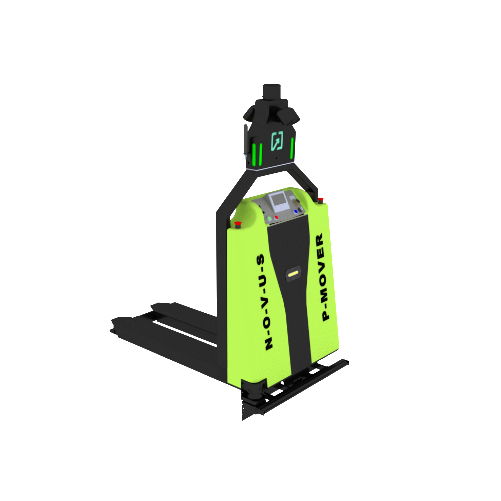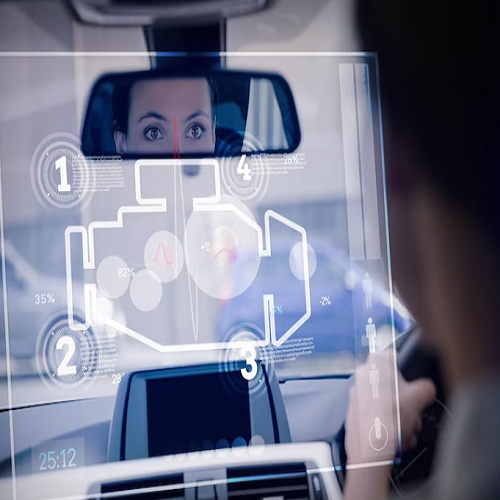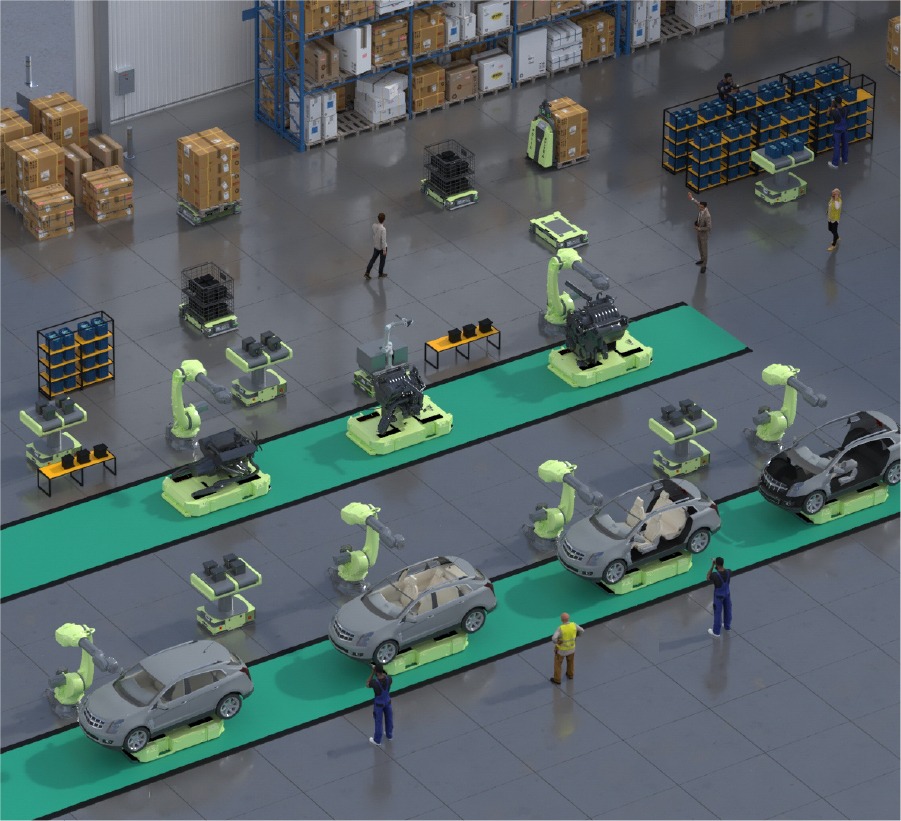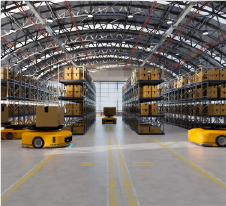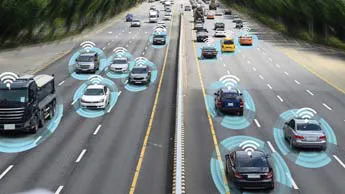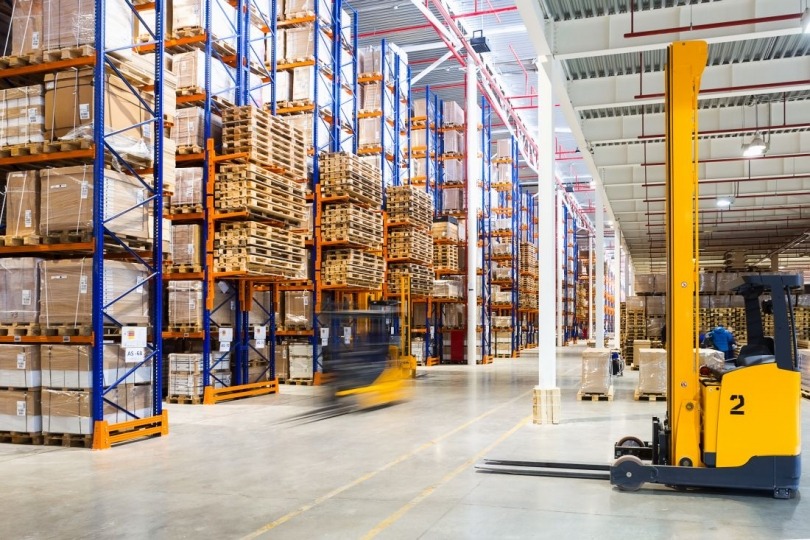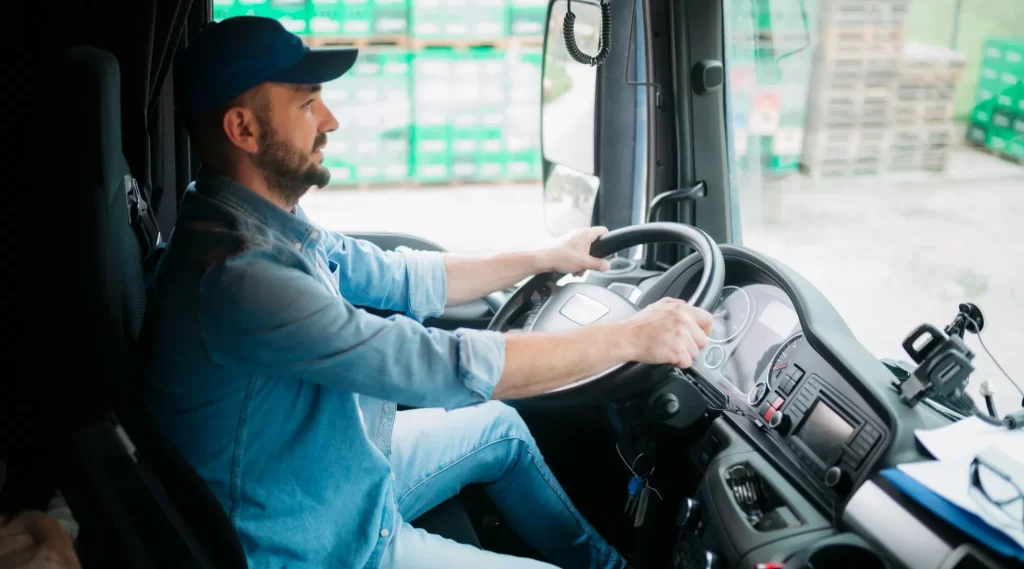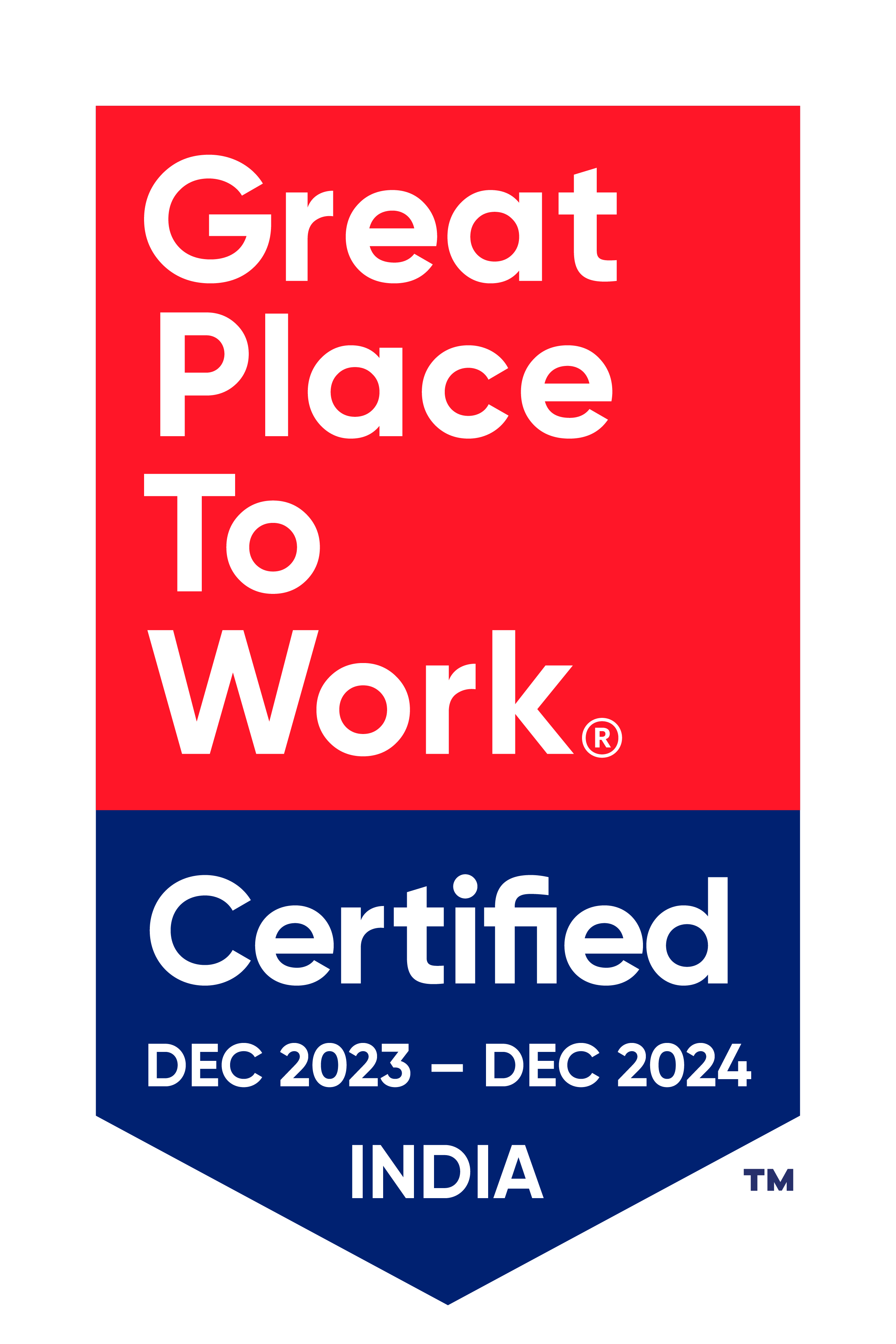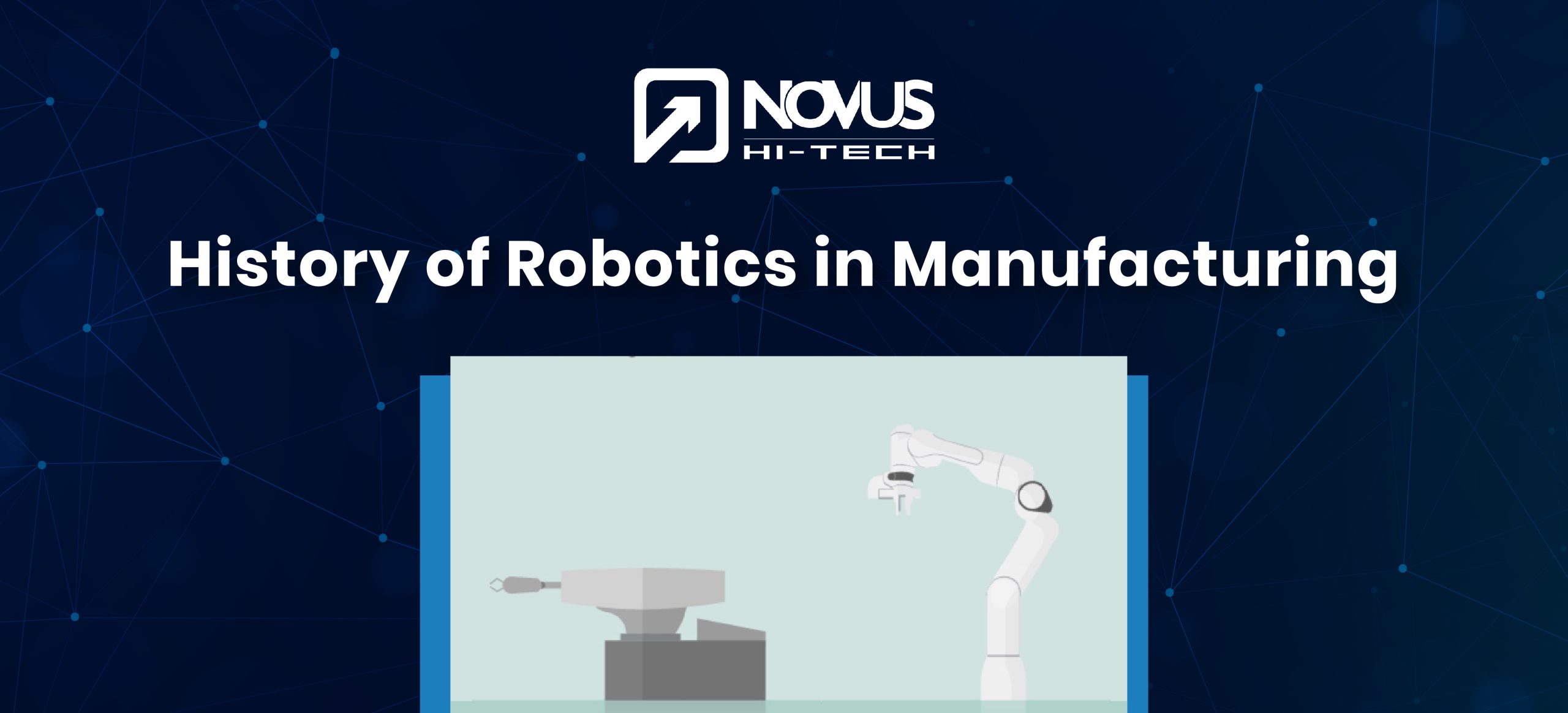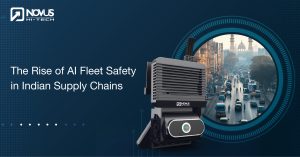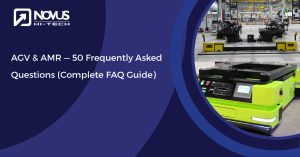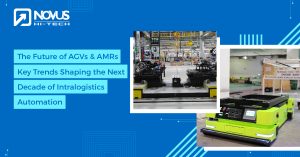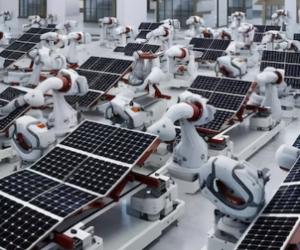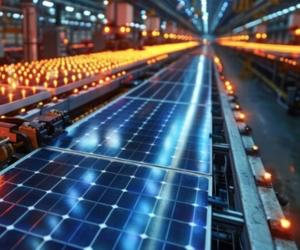The history of robotics is a tale of innovation and technological advancement that reshaped various industries, especially manufacturing. It began with the creation of the first programmable robot in 1961 by George Devol, marking a pivotal moment in the realm of automation. This event heralded the start of a revolution that continues to evolve and transform the manufacturing landscape.
Discover how Robotics in Manufacturing boosts efficiency and innovation.
Download our free brochure for expert insights and trends!
History of Robotics
Fast forward to the present day, and robots have become an integral part of the manufacturing industry. Their proliferation across factories worldwide has significantly impacted production processes, increasing efficiency, precision, and productivity.
Looking ahead, the future of robotics in manufacturing appears to be one of continued growth and expansion. Forecasts predict a steady rise in the adoption of robots, with an increasing number of industries leveraging their capabilities to drive innovation and meet evolving market demands.
In the manufacturing industry, robots are deployed across various sectors, ranging from automotive and electronics to pharmaceuticals and food production. They undertake a wide array of tasks, from assembly line operations to precision welding and intricate material handling.
For instance, in automotive manufacturing, robots perform tasks like welding, painting, and assembly, streamlining production and ensuring consistency. In electronics manufacturing, they are involved in circuit board assembly and quality inspection, guaranteeing high precision and efficiency. The pharmaceutical industry benefits from robotic automation in packaging and labeling, ensuring compliance and accuracy.
The advantages of using robots in manufacturing industry are manifold. They significantly enhance operational efficiency by accelerating production cycles and reducing errors. Robots excel in tasks that require precision, consistency, and repetitive actions, leading to improved product quality. Additionally, they contribute to a safer work environment by handling hazardous or strenuous tasks that pose risks to human workers.
However, concerns about the widespread adoption of robots in manufacturing persist. Some fear job displacement and the potential impact on the workforce. There are also considerations regarding the initial investment costs, maintenance, and the need for specialized training to operate and maintain these machines effectively.
Conclusion:
In summary, the integration of robots in the manufacturing industry has brought about transformative changes, revolutionizing production processes and driving efficiency. As technology advances further, the role of robots is likely to expand, enabling even more sophisticated and versatile applications in manufacturing.
The future of robots in manufacturing seems promising, with continued advancements in technology fostering their integration into diverse operations. While challenges and concerns persist, the potential benefits of leveraging robotics in manufacturing are undeniable, paving the way for a more efficient and innovative future.
The robot revolution in manufacturing is an ongoing journey, propelling industries towards greater productivity, precision, and progress. To explore more about the history of robots and autonomous vehicles visit our website to schedule your demo.


